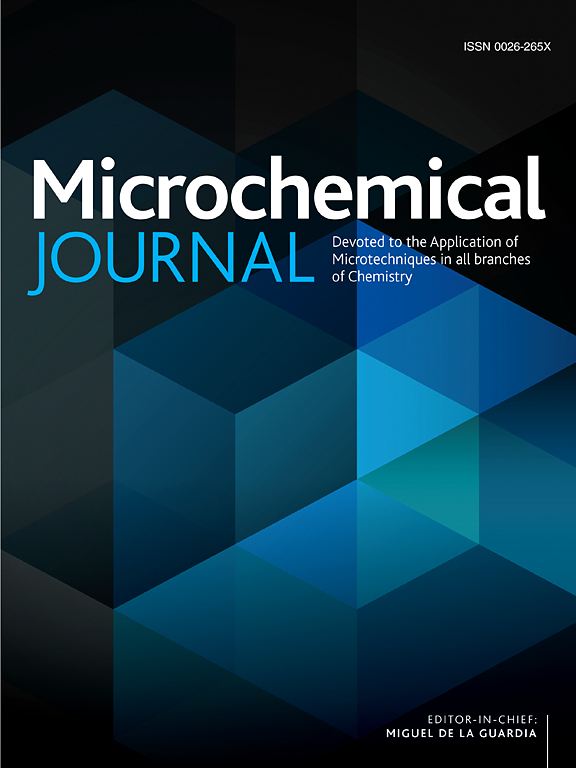Study on the internal alteration mechanism of marble jade artifacts from Sanxingdui ritual Pit no. 3, Sichuan
IF 4.9
2区 化学
Q1 CHEMISTRY, ANALYTICAL
引用次数: 0
Abstract
The Sanxingdui site holds significant archaeological value within the upper reaches of the Yangtze River in China, representing a key center of civilization. Jade was emblematic of status and rank in this society, playing an essential role in significant rituals and funerary practices. Over an extended burial period, most jade artifacts have undergone varying degrees of alteration. This study analyzed marble jade artifacts excavated from the Sanxingdui site with an ultra-deep field microscope, SEM-EDS, a Raman spectrometer, and XRD to investigate changes in chemical composition and physical phases. The study confirms the presence of a distinct layered structure characteristic of internal hollow alteration. Furthermore, it establishes that the presence of bronze and ivory alteration products notably influenced the alteration process. These interactions resulted in the generation of libethenite [Cu2(PO4)(OH)] within the hollow regions of the jade artifacts. Since the exothermic reactions during generation occur in a buried environment, this can increase the temperature of the surrounding aqueous environment and the formation of a hydrothermal environment. Within this environment, the libethenite undergoes further reactions, leading to the generation of cornetite [Cu3(PO4)(OH)3] and pseudomalachite [Cu5(PO4)2(OH)4]. In the interim, the hydrothermal conditions facilitated a gradual dissolution of libethenite in groundwater, allowing it to infiltrate the interior of the jade. Subsequent crystallization, triggered by a decrease in temperature, induced stress damage to the internal structure of the jade. This process alters the internal hollowing, destroying the crystal structure of the jade and eventually causing a complete loss of its mechanical properties, transforming the jade into an internal powder. The results of this study indicate that the alteration products from bronze and ivory significantly impact jade. Therefore, this factor should be carefully considered in the conservation and preservation of jade, with appropriate measures taken accordingly.

求助全文
约1分钟内获得全文
求助全文
来源期刊

Microchemical Journal
化学-分析化学
CiteScore
8.70
自引率
8.30%
发文量
1131
审稿时长
1.9 months
期刊介绍:
The Microchemical Journal is a peer reviewed journal devoted to all aspects and phases of analytical chemistry and chemical analysis. The Microchemical Journal publishes articles which are at the forefront of modern analytical chemistry and cover innovations in the techniques to the finest possible limits. This includes fundamental aspects, instrumentation, new developments, innovative and novel methods and applications including environmental and clinical field.
Traditional classical analytical methods such as spectrophotometry and titrimetry as well as established instrumentation methods such as flame and graphite furnace atomic absorption spectrometry, gas chromatography, and modified glassy or carbon electrode electrochemical methods will be considered, provided they show significant improvements and novelty compared to the established methods.
 求助内容:
求助内容: 应助结果提醒方式:
应助结果提醒方式:


